Content:
The rose has long been the queen of flowers. Until recently, breeding and caring for her were considered the prerogative of only specialists. But selection has progressed so far that it has become possible to grow this flower in almost any climatic conditions, and if we talk about indoor varieties, then in the permafrost zone. Breeders are constantly working on improving the qualities of existing and breeding completely new varieties of roses.
Lovers enthusiastically meet new varieties, learn to breed them on their own in the future. Experienced flower growers know how to plant roses with cuttings, layering, grafting.
Rose story
All varieties and varieties of the Rosehip genus are called roses. The first mentions of the cultural cultivation of a flower come from Ancient Rome. They are described by the writers and philosophers who lived at that time in their writings. Roses adorned the gardens of King Midas. With the collapse of the empire, floriculture receded into the background, but did not disappear at all. It took its rightful place in the monastery gardens. Moreover, there is information that these were terry plant species, with 15-100 petal buds.
At the beginning of the 17th century, roses first came to Europe, and from the second half of the 19th century, breeders of the whole planet were already working on the development of new varieties. The widespread distribution of roses in the Russian Empire occurred under Catherine II.
What you need to know before you start growing a rose outdoors
In order for rose bushes to grow and develop well, and also bring joy, you need to know some essential rules. They are common to all varieties and species.
Purchase of a seedling
There are three types of planting material:
- with an open root system;
- with a closed root system;
- in containers.
Each of them has its own advantages and disadvantages. If the roots are bare, then there is an opportunity to assess their condition. You can determine the category of the bush by the number of stems. It is optimal to have three healthy branches. Saplings with two stems do not take root well and grow.
Seedlings with an uncovered root system are recommended only during the planting period. With prolonged storage, there is a danger of drying out the roots.
In recent years, the containerized version of the sale of seedlings has become increasingly popular. Here, too, there are some nuances - a seedling grown in such a dish sits tightly, and planted just for the sake of sale is easily removed. The survival rate in these two cases can be very different in favor of the first.
The advantage of the container option is the ability to visually examine the color and structure of the bud.
Choosing a site for a rose
The best place for any rose is in the sun, preferably in the morning. The bushes should be covered with a lacy shade from the daytime, burning rays, for example, from a tall tree with a spreading crown.Also, bushes with dark buds are more affected by direct sunlight.
The worst place to plant a plant would be:
- northbound, with sharp cold winds;
- close to large trees or under old rose bushes;
- close to fences and structures.
Optimal soil composition
Light loamy soils, loose and enriched with rotted organic matter, are considered ideal for rose hips. Less suitable are light sandy and sandy loam. Such soil should be supplemented with humus, peat. If there is excessive acidity of the soil, then with lime (chalk, ash, dolomite). Rose loves slightly acidic soils.
Swampy, with a close location of the formation waters of the earth, are not at all acceptable for roses. The permissible depth of groundwater is 1.5 m.
When can you plant a rose with cuttings on the street
You can plant a rose in spring, summer and autumn.
Spring planting should be carried out before bud break, as soon as the soil becomes warm enough (+10 degrees and above). In central Russia, this corresponds to the end of April.
In summer, it is advisable to plant only closed-root roses and container options.
In autumn, bushes are planted from early September to the second half of October. It should be borne in mind that seedlings with an open root system, with early planting, can begin to build up green mass. This will weaken the plant and wintering may be unsuccessful.
A later planting is also undesirable - the bush may not have time to take root. It is better to dig such bushes in a place protected from severe frosts and cover them well.
Preparation of soil and planting material
The area for roses should be dug up to a depth of 0.5 m, remove roots and other debris, fertilize with compost (manure), ash, complex mineral fertilizer (for example, a handful of ammophoska per bush). Organic fertilizers will be enough 1.5-2 kg per plant.
The seedling hole should be about 50 x 50 cm.
Good to know! It is advisable to prepare the soil for spring planting in autumn, and for autumn planting - in spring.
In the evening, before planting, the seedlings should be planted in water. The roots are trimmed before spring planting. The length of healthy roots of about 20 cm is considered sufficient. All damaged and weak shoots are also cut off. The tops of three strong branches are also cut off.
Depending on the variety, the shoots are trimmed differently. Tea hybrids are shortened by 10-15 cm, dwarf ones are almost not cut off (only crown correction), and in climbing varieties it is important to keep the shoots long.
When planting before winter, the shoots do not need to be cut off. Only the roots are shortened.
How to properly cut a rose stalk for planting
The most affordable and effective way to propagate roses is by cuttings.
Planting material is divided into three types:
- Green cuttings. The stalk is cut from an annual shoot in the spring, at the very beginning of flowering. From such a shoot, pieces about 7-8 cm long are cut, with at least two buds. The leaves are removed from the bottom and an incision is made under the very last (lower) bud.
- Breeding with lignified cuttings. The material is harvested during autumn pruning. Mature branches are selected and cut into lengths up to 20 cm, with 3-4 buds on each cutting.
- Root cuttings. They are prepared from the offspring of the mother bush and added in drops until spring.
How to plant roses from a cutting
How to plant a rose with a handle? For rooting, cuttings can be planted in the open field, in a greenhouse, in a pot at home.In all cases, it is required to create greenhouse conditions for the seedling, that is, cover it with a jar cut with a plastic bottle.
Before planting, the soil should be disinfected with a manganese solution (1%). The planting material is placed at a depth of about 2 cm, at an angle. The distance between the cuttings is up to 5 cm, and between the rows - about 10 cm. The temperature should be kept within + 22-25 degrees, and the humidity should be at least 80%. You can root cuttings in greenhouses or indoors in pots under glass jars or glasses.
The prepared area is treated with a weak solution of potassium permanganate. The planting material is planted at a distance of 1-2 cm from each other, at an angle.
After three weeks, the rudiments of the roots should appear and the seedling can be planted in a permanent place, but the banks do not need to be removed. Young plants will be vulnerable for at least another month. Even after this period, cover should be removed gradually.
Cuttings can be grown:
- In pots. The technology isn't that different. It is also required to create an optimal microclimate.
- In water. Cuttings are planted in water (preferably with the addition of a rooting stimulator)
- In potatoes. The way to grow roses in potatoes is quite interesting. The potato tuber, in addition to retaining moisture, supplies the stalk with trace elements. The principle of the method lies in the fact that a hole is cut in the tuber, a cutting is inserted there and the potato is planted in the ground.
- In the package. A plastic bag is used instead of a pot. Soil is poured there, a stalk is stuck, the bag is tied up and hung in a warm, light meta.
You can grow a stalk in any of the following ways.
Further care
Roses must be monitored regularly, proper care for them consists in watering, loosening, feeding, protecting from damage and pruning. Liquid manure is the best fertilizer. For the growing season, 4 dressings are enough. Before fertilizing, the bush must be watered.
The time spent on cultivation returns with delight in the splendor of the flowers. The accumulated knowledge and experience allow us to reduce the former and bring the latter closer. Using your own planting material will also allow you to save on the purchase of seedlings, because to plant a rose from a cuttings you only need cuttings and desire.

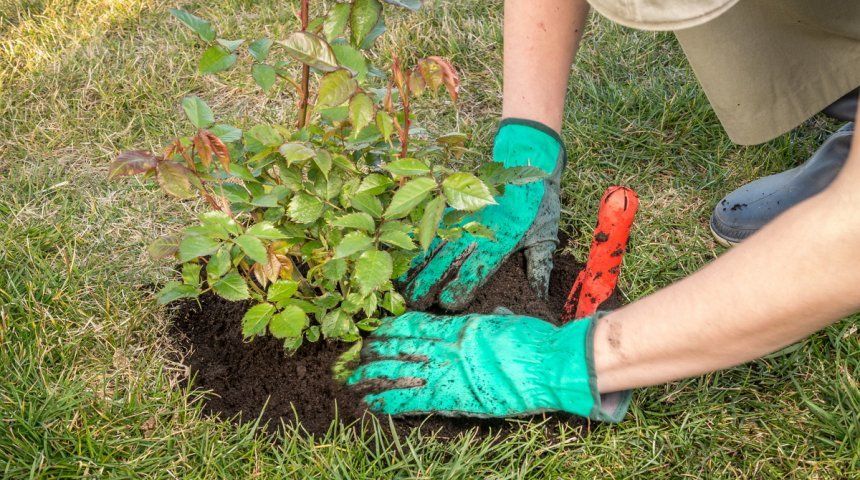
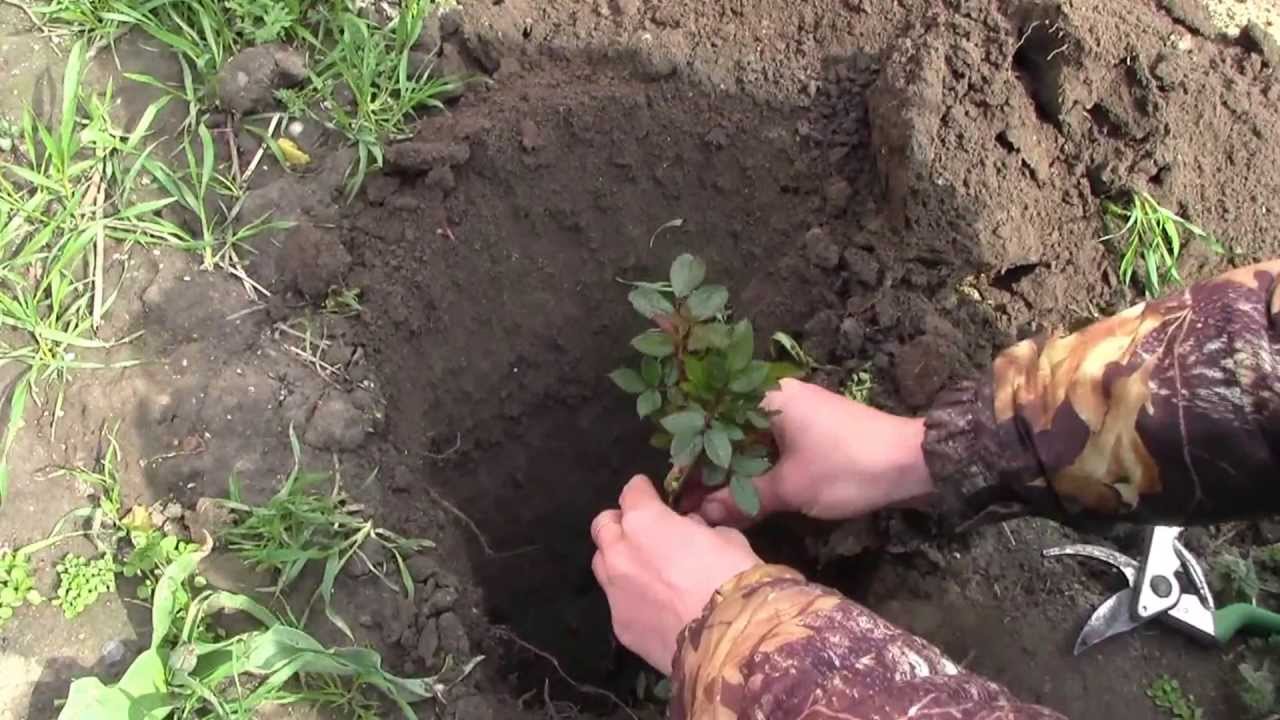
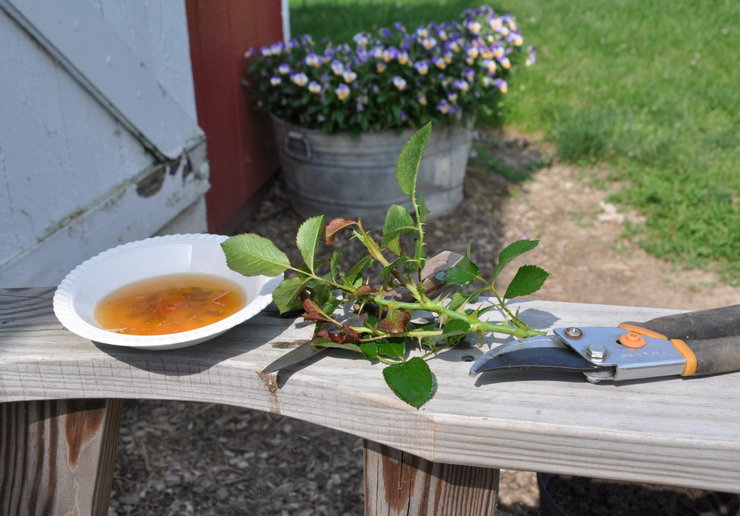
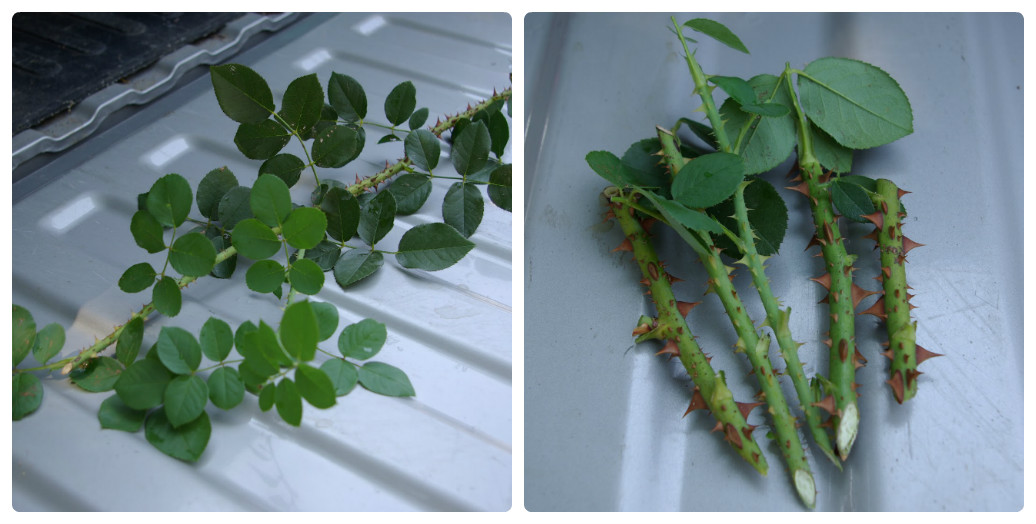
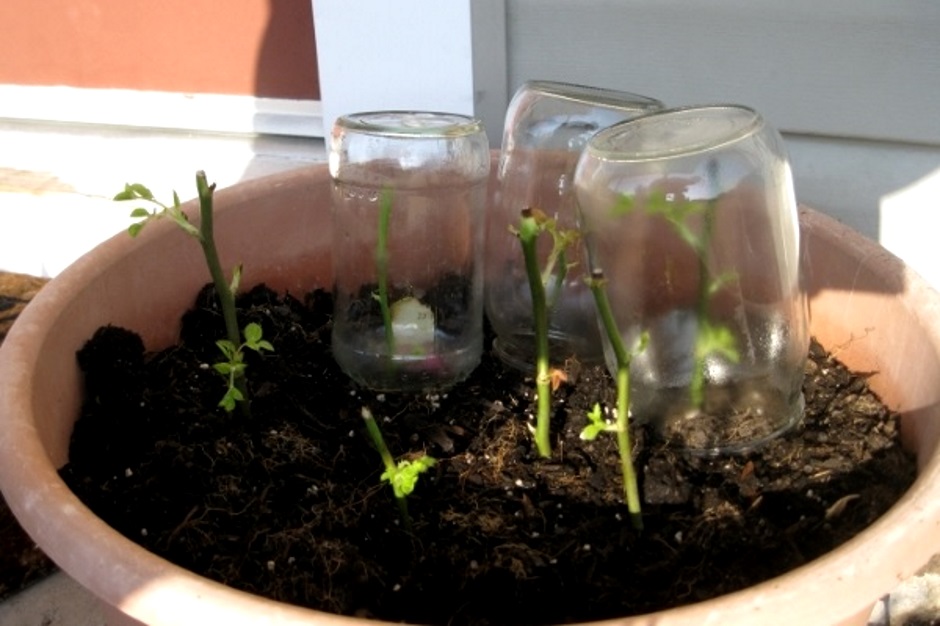













I forgot the roses from the bouquet in a vase of water and they got roots. Can we plant them in open ground now?